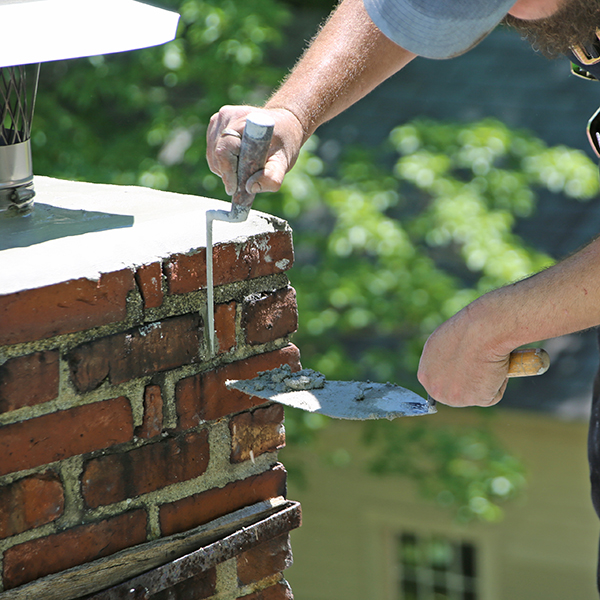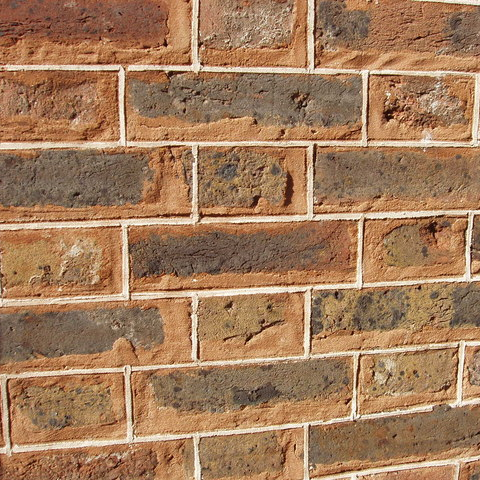10 Simple Techniques For Siding Contractor

The brand-new mortar needs to be and (gauged in compressive toughness) than the historical mortar. (Softness or solidity is not necessarily an indicator of leaks in the structure; old, hard lime mortars can still preserve high permeability.) This mortar is the appropriate consistency for repointing historical brick. Picture: John P. Speweik. Methods for examining mortars can be divided right into 2 wide categories: and.
The acid liquifies all the carbonate-containing minerals not only in the binder, however additionally in the aggregate (such as oyster shells, coral reefs sands, or other carbonate-based products), along with any various other acid-soluble materials. The sand and also fine-grained acid-insoluble product is left. There are a number of variations on the basic acid food digestion test.
Basic acid digestion approaches are quick, economical, and simple to do, yet the info they provide about the initial composition of a mortar is restricted to the shade and also appearance of the sand. The gas collection approach provides more information about the binder than a straightforward acid digestion test. evaluation techniques that have been used to examine mortars consist of polarized light or thin-section microscopy, scanning electron microscopy, atomic absorption spectroscopy, X-ray diffraction, and also differential thermal analysis.
Getting The Patio Installation To Work
Historic mortars were not prepared to narrowly specified specifications from materials of uniform quality; they contain a broad selection of in your area obtained products incorporated at the discretion of the mason. While a certain technique could be able to precisely establish the original proportions of a lime-cement-sand mortar prepared from modern-day products, the usefulness of that method for reviewing historic mortars is questionable unless it has been examined versus mortars prepared from products more typically made use of in the past.
It is an usual mistake to presume that solidity or high stamina is a measure of appropriateness, particularly for lime-based historical mortars. Stresses within a wall surface triggered by development, tightening, moisture movement, or negotiation must be fit in some fashion; in a masonry wall, these anxieties must be eliminated by the mortar instead of by the stonework systems.
High lime mortars are a lot more absorptive than denser concrete mortars. Historically, mortar functioned as a bed linens materialnot unlike a development jointrather than a "adhesive" for the masonry systems, as well as dampness had the ability to migrate through the mortar joints instead of the stonework systems. When moisture vaporizes from the masonry it deposits any type of soluble salts either on the surface area as efflorescence or listed below the surface area as subflorescence.
All About Siding Contractor
If the mortar does not permitmoisture or moisture vapor to move out of the wall surface and also evaporate, theresult will certainly be damages to the masonry units. Sand is the largest element of mortar and the material that provides mortar its distinct shade, structure as well as cohesiveness. Sand needs to be devoid of contaminations, such as salts or clay.


Some Ideas on Masonry Contractor You Need To Know
For repointing, portland concrete ought to satisfy ASTM C 150. White, non- staining rose city cement might supply a much better color suit for some historical mortars than the more commonly readily available grey portland cement. It needs to not be presumed, however, that white rose city cement is always ideal for all historic buildings, given that the initial mortar may have been blended with grey concrete.
Hydrated lime mortars, as well as pre-blended lime putty mortars with or without a matched sand are commercially offered. In most circumstances, pre-blended lime mortars containing sand may not supply an exact suit; however, if the job calls for total repointing, a pre-blended lime mortar might be worth taking into consideration as long as the mortar is compatible in stamina with the masonry.
In either case, if a preblended lime mortar is to be made use of, it ought to include Kind S or SA moisturized lime complying with ASTM C 207. Water must be potableclean and cost-free from acids, alkalis, or various other dissolved natural products. In addition to the shade of the sand, the structure of the mortar is of vital relevance in replicating historical mortar.
The Definitive Guide to Masonry Contractor
The use of antifreeze substances is not advised. They are not very efficient with high lime mortars and also might present salts, which may cause efflorescence later on.
For repointing, lime must satisfy ASTM C 207, Type S, or Kind SA, Hydrated Lime for Stonework Purposes. This machine-slaked lime is developed to ensure high plasticity and also water retention. The use of quicklime which need to be slaked and soaked by hand may have advantages over hydrated lime in some repair tasks if time as well as cash permit.
For repointing, portland concrete should comply with ASTM C 150. White, non- discoloring portland cement may give a much better shade match for some historical mortars than the extra generally offered grey portland cement. However, it should not be presumed, however, that white portland cement is always suitable for all historic buildings, since the original mortar may have been combined with grey cement.
The Only Guide for Step Repair
Moisturized lime mortars, and also pre-blended lime putty mortars with or without a matched sand are sites readily offered. chimney flashing and cap repair. In many circumstances, pre-blended lime mortars including sand might not offer a precise match; however, if the project calls for complete repointing, a pre-blended lime mortar might be worth taking into consideration as long as the mortar is suitable in toughness with the masonry.
In either situation, if a preblended lime mortar is to be made use of, it needs to have Type S or SA moisturized lime adapting to ASTM C 207. Water must be potableclean and devoid of acids, antacid, or various custom concrete stamps other dissolved natural materials. In enhancement to the color of the sand, the appearance of the mortar is of vital importance in replicating historic mortar.
The use of antifreeze substances is not suggested. chimney flashing and cap repair. They are not very effective with high lime mortars as well as might present salts, which might cause efflorescence later.
Comments on “Siding Contractor Things To Know Before You Get This”